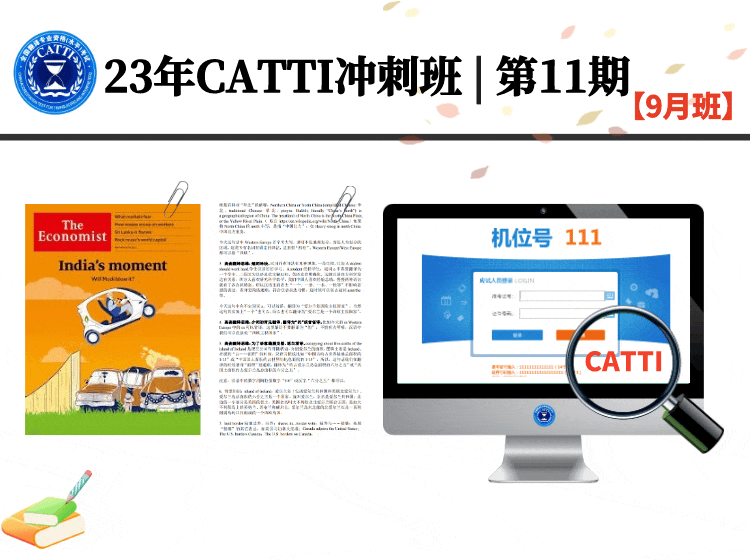第一篇
Art museums have watched this development nervously, fearing damage to their collections or to visitors, as users swing their sticks with abandon. Now they are taking action. One by one, museums across the United States have been imposing bans on using selfie sticks for photographs inside galleries (adding them to existing rules on umbrellas, backpacks, and tripods), yet another example of how controlling overcrowding has become part of the museum mission.
The Hirshhorn Museum and Sculpture Garden in Washington prohibited the sticks this month, and the Museum of Fine Arts in Houston plans to impose a ban. In New York, the Metropolitan Museum of Art, which has been studying the matter for some time, has just decided that it, too, will forbid selfie sticks. New signs will be posted soon.
“From now on, you will be asked quietly to put it away,” said SreeSreenivasan, the chief digital officer at the Metropolitan Museum of Art. “It‟s one thing to take a picture at arm‟s length, but when it is three times arm‟s length, you are invading someone else‟s personal space.”
The personal space of other visitors is just one problem. The artwork is another. “We do not want to have to put all the art under glass,” said Deborah Ziska, the chief of public information at the National Gallery of Art in Washington, which has been quietly enforcing a ban on selfie sticks but is in the process of adding it formally to its printed guidelines for visitors.
Last but not least is the threat to the camera operator, intent on capturing the perfect shot and oblivious to the surroundings. “If people are not paying attention in the Temple of Dendur, they can end up in the water with the crocodile sculpture,” Mr. Sreenivasan said. “We have so many balconies you could fall from, and stairs you can trip on.”
At the Met on Thursday, Jasmine Adaos, a selfie-stick user from Chile, expressed dismay. “It‟s just another product,” she said. “When you have a regular camera, it‟s the same thing. I don‟t see the problem if you‟re careful.” But Hai Lin, a student from Shandong, China, conceded that the museum might have a point. “You can hit people when they‟re passing by,” she said.
二、汉译英
第一篇
2000 年,中国建成北斗导航试验系统,这使中国成为继美、俄之后世界上第三个拥有自主卫星导航系统的国家。
虽然目前它的精度与 GPS 还有一定差距,但它具备了 GPS 没有的短信通信和位置报告的功能。在没有手机信号的地方,用户也可以通过该系统发送短信。
2008 年四川汶川大地震后,灾区电话无法接通,手机信号中断。救援人员
将北斗导航终端带入灾区,及时保持了与外界的通讯联络。
该系统的位置报告功能可以帮助交通管理部分掌握行驶车辆的位置,及时疏导交通,缓解交通拥堵状况。
虽然北斗卫星导航系统是中国独立发展、自主运行的卫星导航系统,但这并不影响它与世界上其他卫星导航系统的兼容性。用户同时使用北斗和 GPS 这两种导航系统时,定位和导航效果会更好。
中国和欧洲是两大战略力量,肩负推动全球经济发展、促进人类文明进步、维护世界和平的崇高使命,双方正在形成不断放大的战略交集。中国是最大的新兴市场国家,欧盟是最大的发达经济体,“最大”与“最大”交融、一切都有可能, “新兴”与“发达”携手、优势就会倍增,中欧在新兴和发达经济体合作中可以成为典范。
中国和欧洲分处欧亚大陆的两端,这块大陆是世界上面积最大的大陆,也是人口最多的大陆,市场空间广阔,发展机遇巨大。中欧都主张国际关系民主化, 在许多国际重大事务上有共同利益,双方关系具有越来越重要的全球影响。中欧都有伟大的文明,中国推崇“和而不同”,欧盟倡导“多元一体”,13 亿多中国人与 7 亿多欧洲人命运相连、前途相关,中欧在不同文明包容互鉴中可以成为引领。
Equipped with the camera extender known as a selfie stick, occasionally referred to as “the wand of narcissism,” tourists can now reach for flattering selfies wherever they go.
第二篇
|
2015年11月CATTI二级笔译实务真题
文章来源:内部资料
发布时间:2019-10-25 14:07
作者:高斋翻译学堂
点击:次
|






